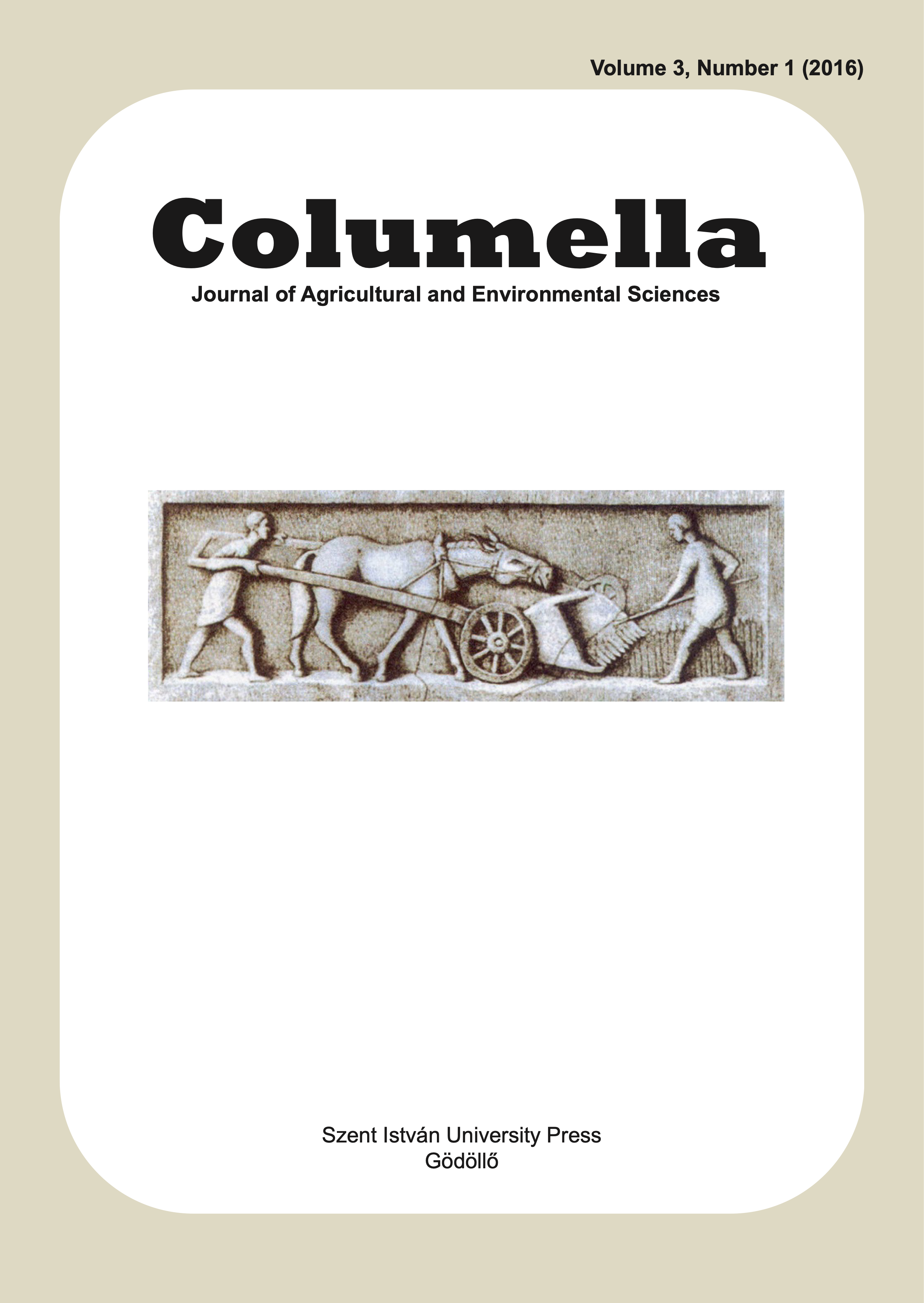Effect of short-term aflatoxin exposure in combination with medicinal herb mixture on lipid peroxidation and glutathione redox system in laying hens
DOI:
https://doi.org/10.18380/SZIE.COLUM.2016.3.1.65Keywords:
Aflatoxin B1, malondialdehyde, glutathione, glutathione peroxidase, medicinal herbAbstract
Aflatoxins are well known hepatotoxic mycotoxins, which mainly contaminate the cereal grains. Those induce lipid peroxidation and impair the antioxidant, including glutathione redox system in long-term studies. The purpose of present study was to investigate the short-term (36-hour) effect of feeding aflatoxin B1 (AFB1) contaminated diet alone or in combination with a medicinal herb mixture on lipid peroxidation (conjugated dienes and trienes, and malondialdehyde), and on parameters of the glutathione system (reduced glutathione and glutathione peroxidase) in blood plasma, red blood cell haemolysate, liver and kidney homogenate of 49-week old Bovans Goldline laying hens. The results revealed that AFB1 (125 m /kg feed) did not have effect on feed intake, body and liver weight, but increased malondialdehyde content was observed in blood plasma and red blood cell haemolysate as effect of feeding AFB1 and medicinal herb mixture at 36th hour of the trial. However, the same diet resulted in lower malondialdehyde content in liver, but not in kidney. Reduced glutathione concentrations showed variance among treatments; thus due to inclusion of medicinal herb mixture in the diet lower values were measured in red blood cell haemolysate. Glutathione peroxidase activity was significantly lower in all treated groups as compared to the control at 36th hour of the trial in blood plasma, but not in other tissues. The results are contradictory with previous findings, probably due to the short-term exposure, and/or to medicinal herb mixture supplementation as it could moderately modify the effect of AFB1.
Downloads
Published
Issue
Section
License
Copyright (c) 2016 Mangesh Nakade, Krisztián Balogh, Erika Zándoki, Mátyás Cserháti, Miklós Mézes, Márta Erdélyi

This work is licensed under a Creative Commons Attribution-NonCommercial-NoDerivatives 4.0 International License.






